May 27 - June 2, 2012: Issue 60
George Urquhart (Scotty) Allan
2 February 1900 - 12 August 1996
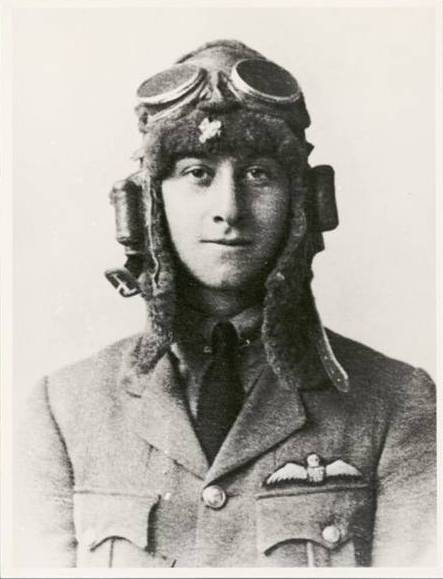 George Urquhart Allan was born in Bellshill (Forgandenny), Scotland. At 17 years of age, in 1917, he joined the Royal Flying Corps and served on the Western Front. He served in the 71 Sqn RFC and 11, 47, 58 Sqns RAF.
George Urquhart Allan was born in Bellshill (Forgandenny), Scotland. At 17 years of age, in 1917, he joined the Royal Flying Corps and served on the Western Front. He served in the 71 Sqn RFC and 11, 47, 58 Sqns RAF.
Allan continued his service with the RAF after the war and served in the Middle East. In 1929 he was recruited by Charles Ulm as a pilot, emigrated to Australia to take up a position with Charles Kingsford Smith and Ulm's Australian National Airways. In this company he was highly regarded for his skills flying their Avro X aircraft.
Right: Portrait of Captain George 'Scotty' Allan in Royal Air Force uniform, 1918, nla.pic-vn4925609, Courtesy of the National Library of Australia, 18 years of age!
He flew on the first airmail flights from Sydney to Brisbane with Charles Kingsford-Smith and from Sydney to Melbourne with Pat Hall. Following the collapse of ANA in 1931, Allan acted as co-pilot to both Kingsford Smith and Ulm on various long distance flights.
In 1933 he flew with Ulm and P.G. Taylor on the record-breaking flight from England to Australia in Faith in Australia. In October 1934 he joined QANTAS on the DH86 service between Brisbane and Singapore, this time flying DH86 aircraft.
During this period he also worked as a flight instructor and trained a keen aviator, Dr Lee Brown, a surgeon in partnership with famous surgeon and urologist Robert Gordon Craig, and daughter of this gent and Dr Lee’s wife, Ailsa Craig, also a keen aviator, and artist. Dr Brown died in 1934 when he crashed his self-piloted biplane on a Botany Bay beach. He was 39.
In 1935 Ailsa and George married, living in Brisbane for two years due to his work commitments.
Flying Couple Wed in N.S.W.
SYDNEY, Saturday. — Mrs. Ailsa Lee Brown, the widow of Dr. R. K. Lee Brown, who tragically crashed at Brighton Le Sands in April, 1934, was quietly married today at Binnaway (New South Wales) to Mr. G. U. ('Scotty') Allen, the well-known airman, now flying on the Brisbane-Singapore air mail route. Mr. Allen was a close friend of Dr. and Mrs. Brown. Mrs. Allen is also a flier, having an A pilot's licence, and the pair will have a flying honeymoon in two States. The bride is the daughter of Dr. Gordon Craig, and the wedding was held at his property. Mrs. J. F. Chambers, sister of the bride, was matron of honor, and the best man was Mr. A. Baird, chief engineer of Qantas-Empire Airways. Mr. and Mrs. Allen will make their home in Brisbane. Flying Couple Wed in N.S.W. (1935, June 22). The Mail (Adelaide, SA : 1912 - 1954), p. 2. Retrieved from http://nla.gov.au/nla.news-article57009571
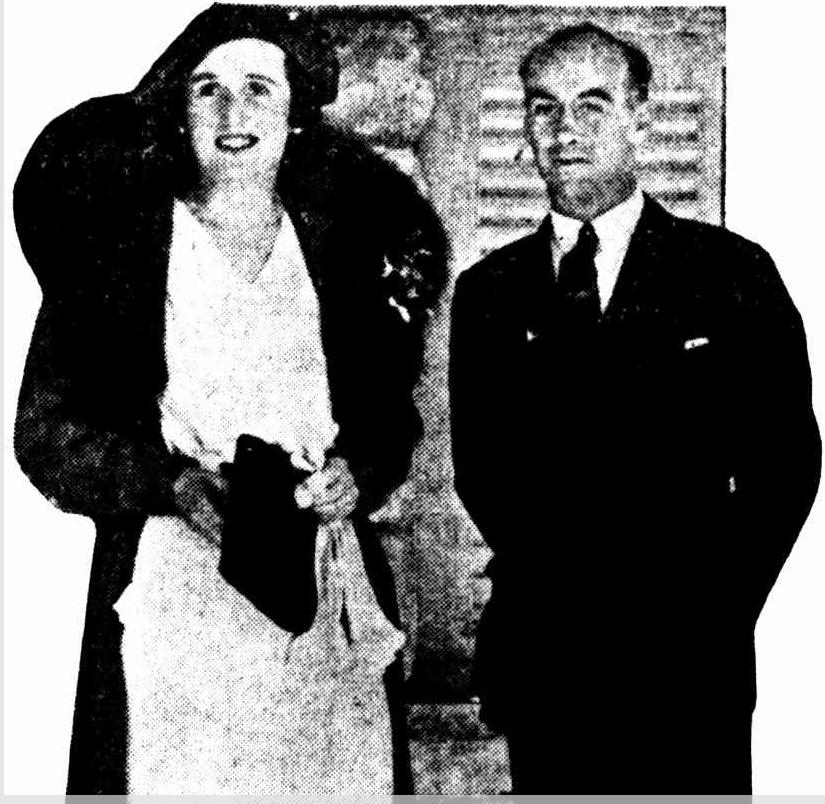
MR. AND MRS. G. U. ALLAN photographed after their marriage at the Gordon-Craig homestead, Ulinda, near Binnaway, New South Wales. The bridegroom is the well-known air mail pilot on the Brisbane— Singapore route, and the bride was formerly Mrs. Ailsa Lee Brown. No title (1935, June 25). The Courier-Mail (Brisbane, Qld. : 1933 - 1954), p. 15. Retrieved from http://nla.gov.au/nla.news-article36771694
Mrs. G. U. Allan, who is the wife of Captain Allan, the well known aviator on the Singapore route, has since her marriage been residing in Ascot, Brisbane, but has now decided to make her home in Sydney. She intends to refurnish and redecorate the house at Palm Beach, which was the seaside home of her parents, the late Dr. Gordon Craig and Mrs. Craig. A Few Lines to Say. (1937, April 17). The Courier-Mail(Brisbane, Qld. : 1933 - 1954), p. 27. Retrieved from http://nla.gov.au/nla.news-article36887917
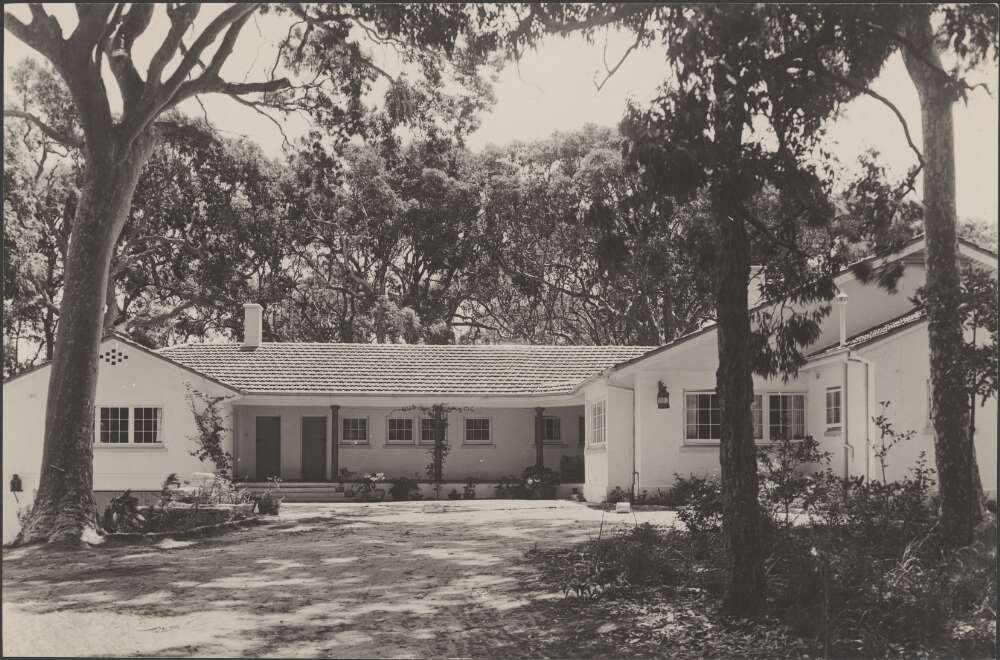
Ailsa's house at Palm Beach, New South Wales, approximately 1935 photo by Harold Cazneaux- courtesy National Library of Australia Image No.: http://nla.gov.au/nla.obj-140228205
Right: Ailsa Allan's lithograph 'Pittwater' from 1937, Courtesy State Library of NSW
In 1938 Captain Allan went to England to study flying-boat techniques and returned to Sydney in the flying boat Coolangatta.
His home base during these years was Palm Beach where the couple entertained guests such as William Dobell, whom Ailsa had met while studying Art, and the Ballet Russe de Monte Carlo, whom they had met while based in London or visiting New York:
Quite a party with Otis Pearce and Sono Osato doing the Big Apple . . . Hera Roberts, Mrs. Scotty Allen, Arnold Haskell, Roman Jasinsky, Kyra Strakhova, and Jimmy and Prudence Dickson. The Whole Town Goes A-Partying: Off To Melbourne For Big Society Wedding (1938, December 11). The Sun (Sydney, NSW : 1910 - 1954), p. 1 (WOMENS SECTION). Retrieved from http://nla.gov.au/nla.news-article231136070
Talking of flying folk . . . it's the done thing to ask. Scotty Allen how his knitting's coming along. No one has ever seen Scotty' s knitting, but he's done a lot of boasting about taking it up, being first interested by picking up a magazine a woman flying-boat passenger had been engrossed in, and finding it written in a strange language: K. 1, p. 1, k, 2 tog., si. 1, k. 1 .. . k k k
Subsequently he discovered that this type of literature was the favorite among women passengers and thought he might drop Esperanto and take it up, too.
But now the opportunity to knit socks has arisen, Scotty's squibbing the issue and says he's "conseedering being a soldier m'self and being kneeted for." General's Family Arrives To Make Home In Sydney (1939, October 22). The Sun (Sydney, NSW : 1910 - 1954), p. 25. Retrieved from http://nla.gov.au/nla.news-article231223500
Ailsa was an artist, and his stepdaughter was Mitty Lee-Brown, who was a student of Dobell's when he took a teaching job at East Sydney Technical College. Dobell became a friend of Ailsa's, and he would visit her and Scotty at their home at Palm Beach, on Sydney's northern beaches. Scotty bought a number of Dobell’s London paintings, including an over-the-shoulder observational piece from 1933, Watching Hyde Park Speakers, and Dust Cart created from one of Dobell’s most comfortable positions…
Scotty’s second wife, Barbara, remembers him telling her he bought the paintings when ‘Bill was a bit broke’.
'He got those [paintings] for about £5, or something,’ Barbara Allan says.
In his autobiography, Scotty Allan wrote about how ‘difficult’ it was to buy the paintings, because Dobell ‘wouldn’t sell them, even though he was broke moist of the time. I really had to kid him into selling me some’. - Bill: The Life of William Dobell. By Scott Bevan. 2014. Simon and Schuster.
Study for 'Captain G.U. 'Scotty' Allan'-William Dobell - Squadron Leader GU 'Scotty' Allan Finalist in 1941 Archibald
In 1941 Allan was a member of the Qantas crew which brought flying boats from San Diego to Sydney for the RAAF. During 1941 Allan was seconded to the RAAF in the 23 Sqn as Wing-Commander and was C.O. of various stations including Rathmines on Lake Macquarie, where he trained Catalina crews, and No. 1 Flying Boat Repair Depot at Lake Boga.
Below: George 'Scotty' Allan, in centre, watching Charles Kingsford-Smith, on left, shaking hands with James 'Jimmy' Mollison, ca. 1930, nla.pic-vn4925810
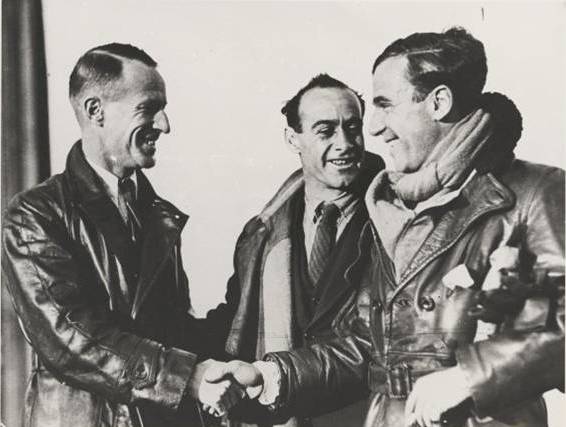
In 1943 Ailsa died in a traffic accident as she returned home from volunteer coast-watching at Palm Beach. Some sources state she was struck by a bicycle ridden by a delivery boy and died on Pacific road, Palm Beach. The lady was interred at Manly.
ALLAN.-On February 9, at Palm Beach(as the result of an accident), Ailsa, beloved wife of Wing-Commander G. U. Allan, A.F.C., and sister of Mrs. J. F. Chambers, Toorak. Privately cremated. Family Notices. (1943, February 12). The Sydney Morning Herald (NSW : 1842 - 1954), p. 10. Retrieved from http://nla.gov.au/nla.news-article17836678
In 1944, whilst serving in England 'Scotty' met and married Barbara Millbourne;
AIRMAN'S WIFE FROM ENGLAND: Mrs. G. U. Allan, wife of the famous aviator, Captain "Scotty" Allan, arrived yesterday from England by Qantas flying-boat. As the guest of Mrs. Gordon Craig, of Palm Beach, Mrs. Allan expects to stay indefinitely in Australia.
Captain Allan, who is with Qantas in Los Angeles, California, is expected to return to Sydney in two on three months' time. Before their marriage in England last year, Mrs. Allan was Miss Barbara Millbourn, daughter of Mr. and Mrs. Robert Millbourn, of Purley, England. AIRMAN'S WIFE FROM ENGLAND. (1947, July 1). The Sydney Morning Herald (NSW : 1842 - 1954), p. 13. Retrieved from http://nla.gov.au/nla.news-article18032894
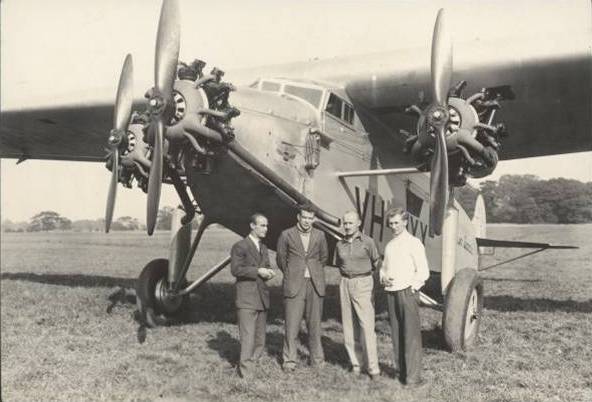
Above: Scotty Allan, Charles Ulm, P.G. Taylor and J.A.W. Edwards in front of Faith in Australia, Avro X monoplane VH-UXX at Heston Aerodrome, England, 25 July 1933, nla.pic-vn3930851, Courtesy National Library of Australia.
After the war Captain Allan rejoined Qantas as London Manager, then as Controller of Technical Developments, where he was chief adviser on aircraft types. In 1957 he was made a Commander of the British Empire for his services to aviation. He retired from Qantas in 1961 as Deputy Chief Executive and Deputy General Manager, but, clearly an active man, he went on after his retirement and held positions on many boards including Fiji Airways, Air Pacific, Polynesian Airlines and Malayan Airways.
Pete Smith of Newport Beach contributes: In 1983 I was a young Army Lieutenant working out of Victoria Barracks (Paddington) and was attached to the Schofields Air Show. At that same time, I was flying around Sydney helping to demonstrate a McDonnell Douglas 500E helicopter as well as promote the Show. The pilot in command of the MD500 was astronaut and commander of Apollo 12, Charles (Pete) Conrad.
Conrad and I landed on what I understand now to be Barrenjoey Beach and walked across the park to pick up Scotty and Mrs Allan and fly them as two of the guests of honour at the show. Scotty was the subject of an Archibald entry by Sir William Dobell and the portrait is described by art critics as one of Dobell’s greatest works.
He was an Ace, a pioneer in Australia’s aviation and huge contributor to the development of our RAAF and domestic air services.
For more on his life at Palm Beach visit The Cabin (Pink House) Palm Beach
Pittwater Airmen May 2012: Walter Oswald Watt Wilfrid Kingsford Smith John William Cherry
Extras
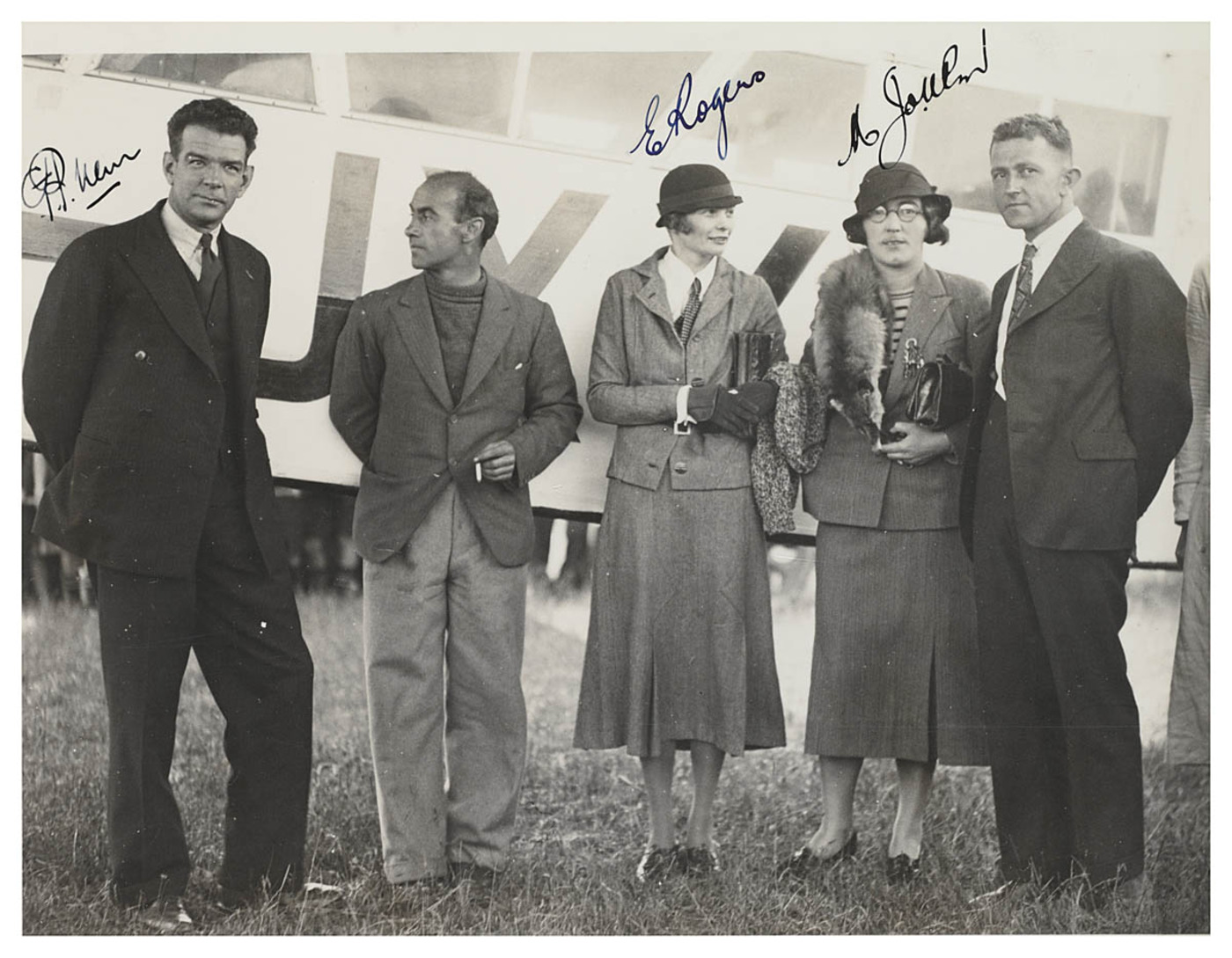
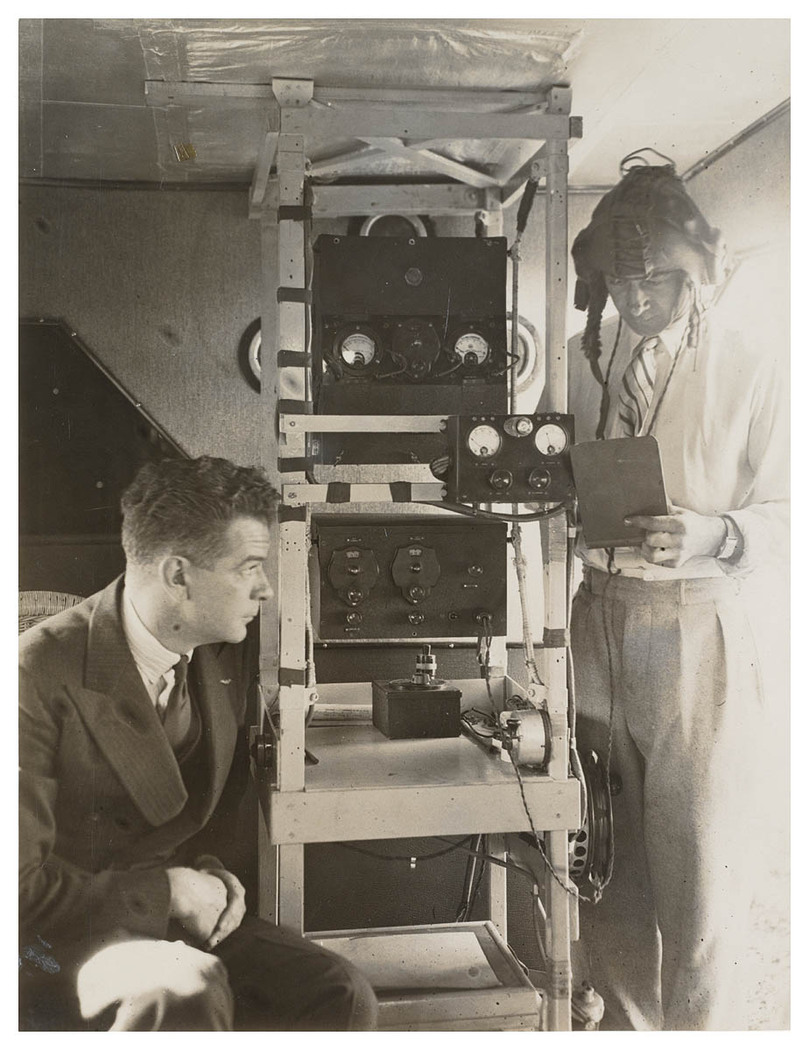
On the Airway to Singapore
By Garnsey Potts
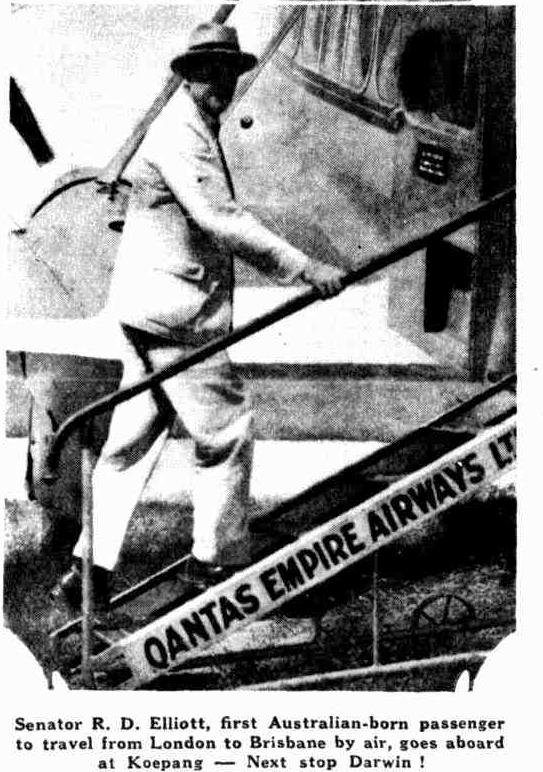
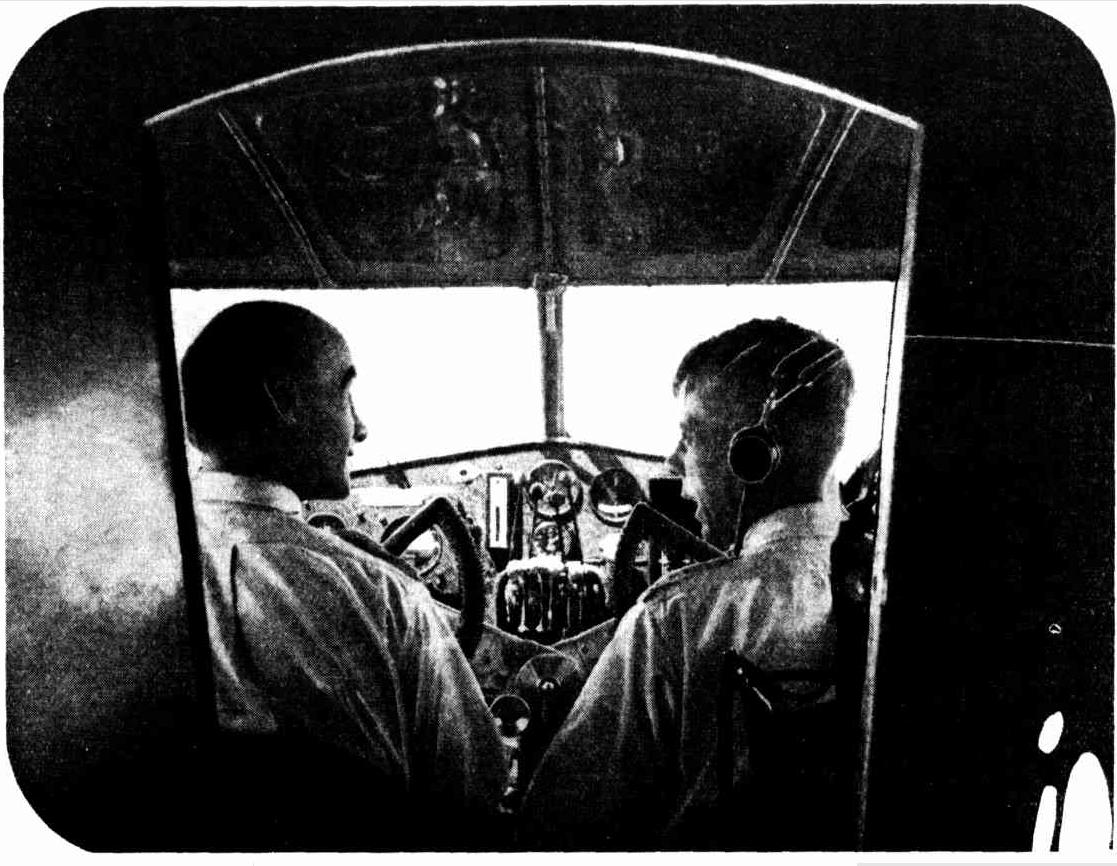
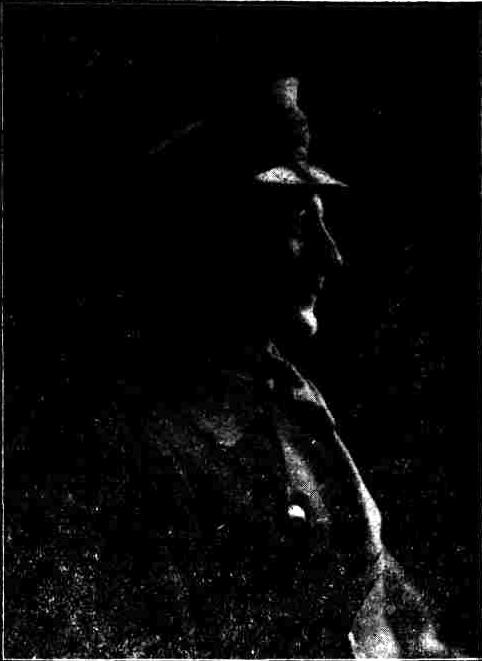 Great enthusiasm was displayed at the Hawkesbury Agricultural College on Friday evening last, when Flight-Lieut. Garnsey Potts, son of Principal H. W. Potts and Mrs. Potts, was the guest of the returned 'diggers' at a dance in honor of his homecoming. Lieutenant Potts was the engineer on the 'Kangaroo' flying machine under the command of Captain G. H. Wilkins, which essayed the flight from England to Australia. But, unfortunately, their attempt was frustrated by many mishaps. They progressed' about 40 .miles past Crete on the way to Cairo, when the lubricating system became defective, necessitating a return to' the aerodrome, which was ' made with difficulty with one engine. The ma? chine 'crashed' when landing, and a new engine was necessary. It was then decided to abandon, the flight, and a few' weeks ago Captain Wilkins. and Lieutenant Potts returned home by the steamer Bremen. There was no mistaking the' cordiality of the welcome tendered to Lieut. Potts by the 'digger' students of the College on Friday night, and thanks to the hearty co-operation of the committee, it proved to be one of the most successful functions of the kind ever held at the great institution. Invited guests numbering upwards of 100 were present, including Principal and Mrs. Potts, visitors from various local centres, and the metropolis.
Great enthusiasm was displayed at the Hawkesbury Agricultural College on Friday evening last, when Flight-Lieut. Garnsey Potts, son of Principal H. W. Potts and Mrs. Potts, was the guest of the returned 'diggers' at a dance in honor of his homecoming. Lieutenant Potts was the engineer on the 'Kangaroo' flying machine under the command of Captain G. H. Wilkins, which essayed the flight from England to Australia. But, unfortunately, their attempt was frustrated by many mishaps. They progressed' about 40 .miles past Crete on the way to Cairo, when the lubricating system became defective, necessitating a return to' the aerodrome, which was ' made with difficulty with one engine. The ma? chine 'crashed' when landing, and a new engine was necessary. It was then decided to abandon, the flight, and a few' weeks ago Captain Wilkins. and Lieutenant Potts returned home by the steamer Bremen. There was no mistaking the' cordiality of the welcome tendered to Lieut. Potts by the 'digger' students of the College on Friday night, and thanks to the hearty co-operation of the committee, it proved to be one of the most successful functions of the kind ever held at the great institution. Invited guests numbering upwards of 100 were present, including Principal and Mrs. Potts, visitors from various local centres, and the metropolis.
George Urquhart (Scotty) Allan threads collected by A J Guesdon with help from Pete Smith, 2012-2013.